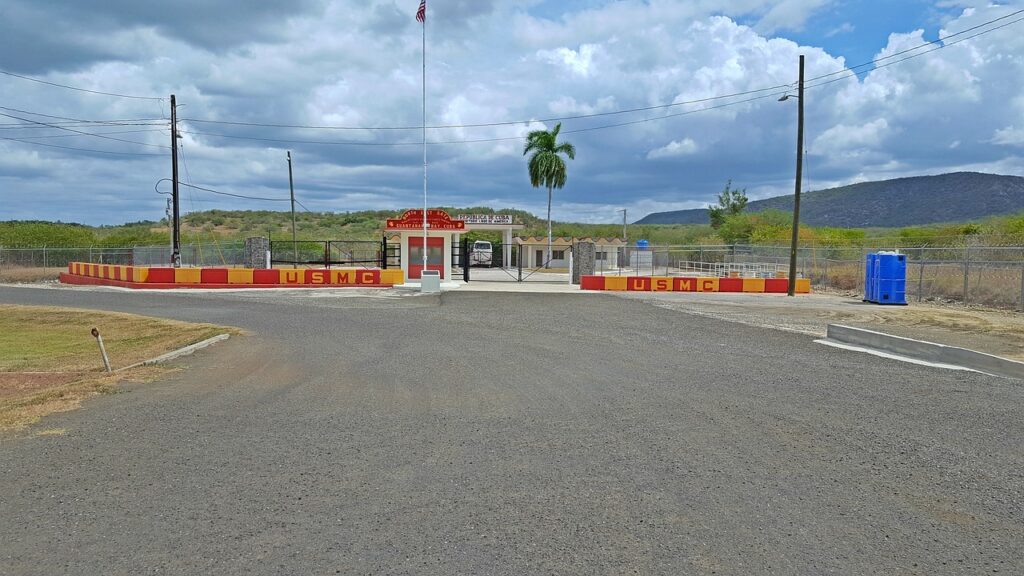I write this to document two developments in case it becomes important in the future. The intentional confusion surrounding the current developments warrants concern.
First, the United States has commissioned the expansion of Guantanamo Bay to include a 30,000 person concentration camp separate from the existing prison. It is being called a “migrant detention facility” at the present time.
U.S. President Donald Trump said on Wednesday he will order the Pentagon and the Department of Homeland Security to prepare a migrant detention facility at Guantanamo Bay for as many as 30,000 migrants. The U.S. naval base in Guantanamo Bay, Cuba, already houses a migrant facility – separate from the high-security U.S. prison for foreign terrorism suspects – that has been used on occasion for decades, including to hold Haitians and Cubans picked up at sea.
Second, the United States seeking support for deportations, such as to deport people from the United States to El Salvador.
El Salvador on Monday offered to house in its jails “dangerous criminals” from anywhere in the world deported by the United States, U.S. Secretary of State Marco Rubio said after lengthy talks with the Central American country’s leader. Rubio, who is on his first oversees tour as the U.S. top diplomat, is seeking support from countries in the region for the Trump administration’s attempts to deport large numbers of migrants.
Who will end up in these new camps? Will these become a convenient and cost effective way to deport anyone deemed a threat to the new administration’s agenda? Will these become places to house people who do not conform to the MAGA ideology found in Project 2025?
It is self-comforting to say these things won’t happen, and to convince ourselves that it would never happen to me or anyone in my family. But these things are already in motion. They will happen.
Lessons from History
source: Concentration Camps 1933-1939
Nazi officials established the first concentration camp, Dachau, on March 22, 1933, for political prisoners. It was later used as a model for an expanded and centralized concentration camp system managed by the SS.
What distinguishes a concentration camp from a prison (in the modern sense) is that it functions outside of a judicial system. The prisoners are not indicted or convicted of any crime by judicial process.
The major purpose of the earliest concentration camps during the 1930s was to imprison and intimidate the leaders of political, social, and cultural movements that the Nazis perceived to be a threat to the survival of the regime.
The camps in Germany were not only for Jewish people. Demographic statistics vary but they are in the same general range. One source gives a general estimate of over 200,000 prisoners from more than 30 countries during Nazi rule, of whom two-thirds were political prisoners, including many Catholic priests, and nearly one-third were Jews.
Image by Rob Chavez from Pixabay

